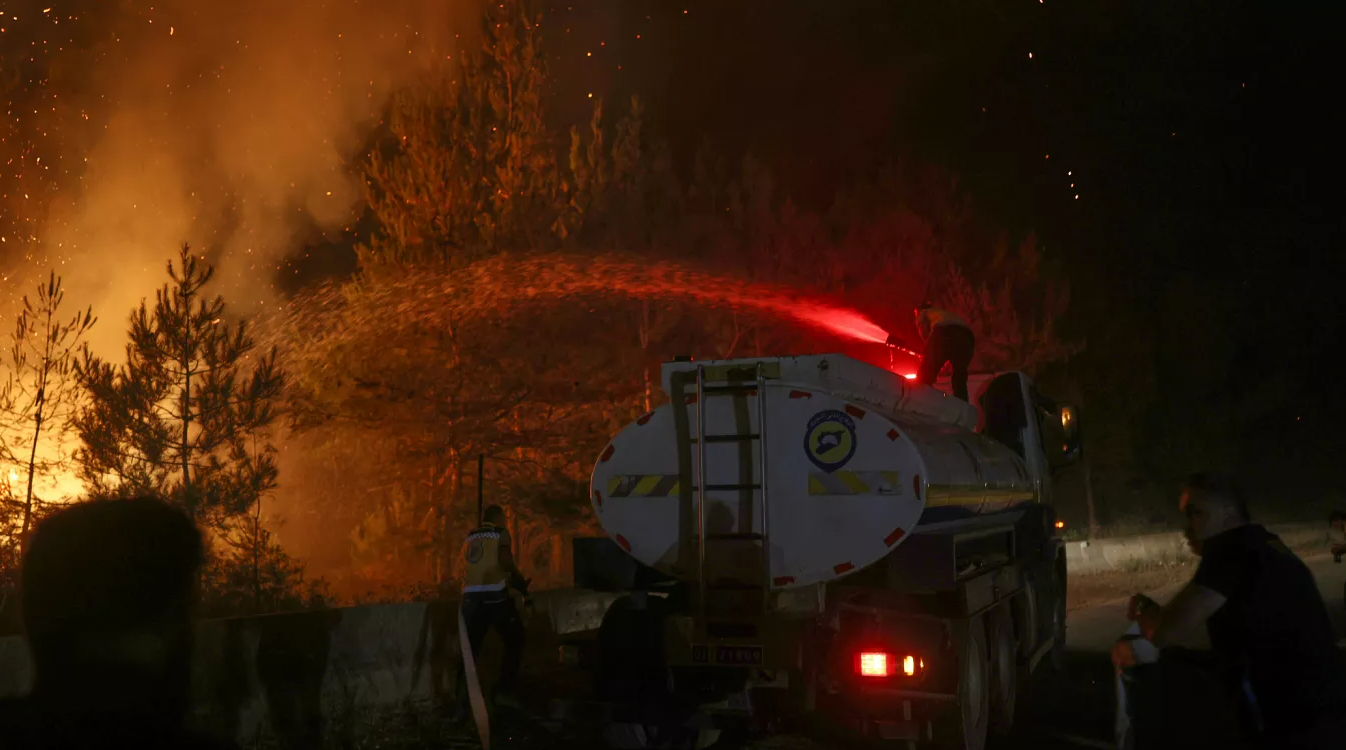
A deadly mix of searing heatwaves, sudden storms, and destructive wildfires has swept across multiple countries in recent weeks, laying bare the intensifying effects of a warming planet. According to the European Environment Agency (EEA), the continent must now prepare for a new climate "whiplash" — rapid shifts between droughts and floods, each compounding the impact of the last.
"These events are not isolated," the EEA warns. "They are symptoms of a volatile climate system that Europe must urgently adapt to, while accelerating efforts to cut carbon emissions."
Flames Encroach on Marseille as France Battles Record Heat
In southern France, more than 1,000 firefighters are battling a fast-moving wildfire near the port city of Marseille. The blaze, which erupted in Les Pennes-Mirabeau on Tuesday, has scorched over 700 hectares and forced the evacuation of hundreds of homes.
Flights from Marseille Airport faced a second day of major delays, while train services were severely disrupted.
Max Dugan-Knight, a climate data analyst at Deep Sky Research, said the ignition — reportedly caused by a burning vehicle — would not have spiraled so quickly without the region's extreme weather conditions. "In this heat, wind and dryness, any spark is a disaster waiting to happen," he said.
Türkiye and Syria Also Burn
Türkiye, too, has been ravaged by wildfires, including in İzmir, where tens of thousands were evacuated last week. The fires, linked to damaged power lines, were supercharged by soaring temperatures and low humidity.
Along the Turkish-Syrian border, flames consumed an estimated 10,000 hectares of woodland. Syria's emergency management chief Raed al-Saleh described the loss of "hundreds of thousands of trees" as a national tragedy. "We mourn every tree," he wrote on social media.
From Heat to Hail: Balkan States Smashed by Storms
After days of 40°C heat, a violent hailstorm tore through Croatia, uprooting trees, damaging rooftops, and flooding city streets. Similar storms hit Slovenia and Serbia, with snowfall reported at high altitudes in the Alps.
Serbia, which is enduring a deepening drought, saw over 600 wildfires break out earlier in the week, injuring multiple people and prompting restrictions on water usage across the country.
These violent fluctuations — from extreme heat to flash storms — are part of what scientists call hydroclimate whiplash. "Rainfall boosts vegetation, which then dries and becomes fuel for the next fire," Dugan-Knight explains. "It's a deadly cycle."
Wildfire Emissions Fuel a Vicious Climate Loop
The link between wildfires and climate change is not just about cause and effect. The fires themselves emit vast amounts of carbon, worsening global warming — a feedback loop that makes future disasters more likely.
"Climate change is making wildfires more frequent and more dangerous," says Dugan-Knight. "And wildfires, in turn, are accelerating climate change."
Climate Risks in Europe Have Reached ‘Critical' Levels
The surge in extreme weather across the continent mirrors the findings of the first European Climate Risk Assessment (EUCRA), which identifies 36 climate-related threats to Europe's infrastructure, economy, food systems, ecosystems, and public health.
Many of these risks, the report warns, have already reached dangerous levels. Without urgent adaptation and emissions reductions, coastal flooding alone could cost Europe more than €1 trillion annually by mid-century. Heatwaves could claim hundreds of thousands of lives.
"The risks are no longer theoretical," the EEA notes. "Europe is living through them — now."